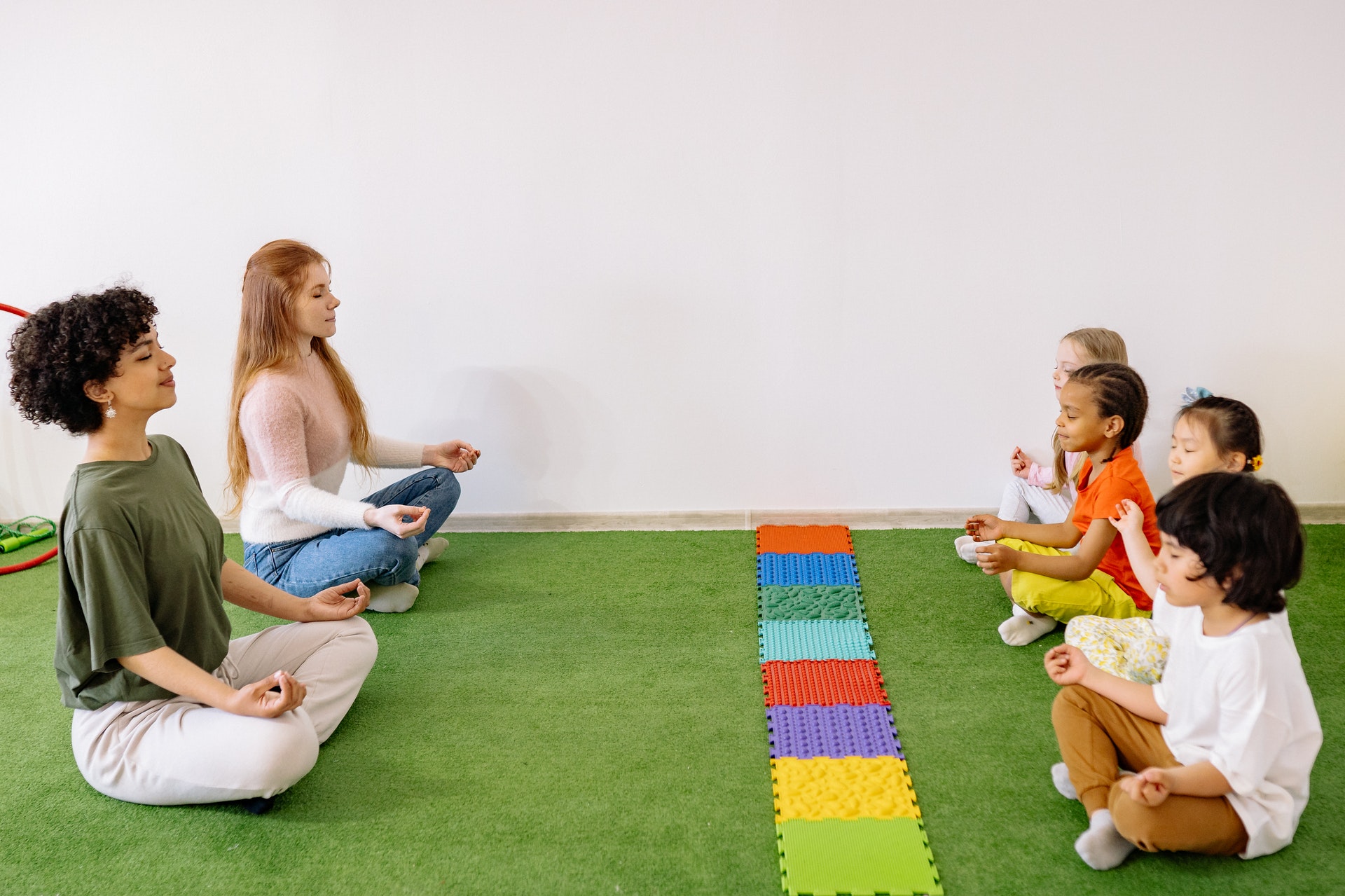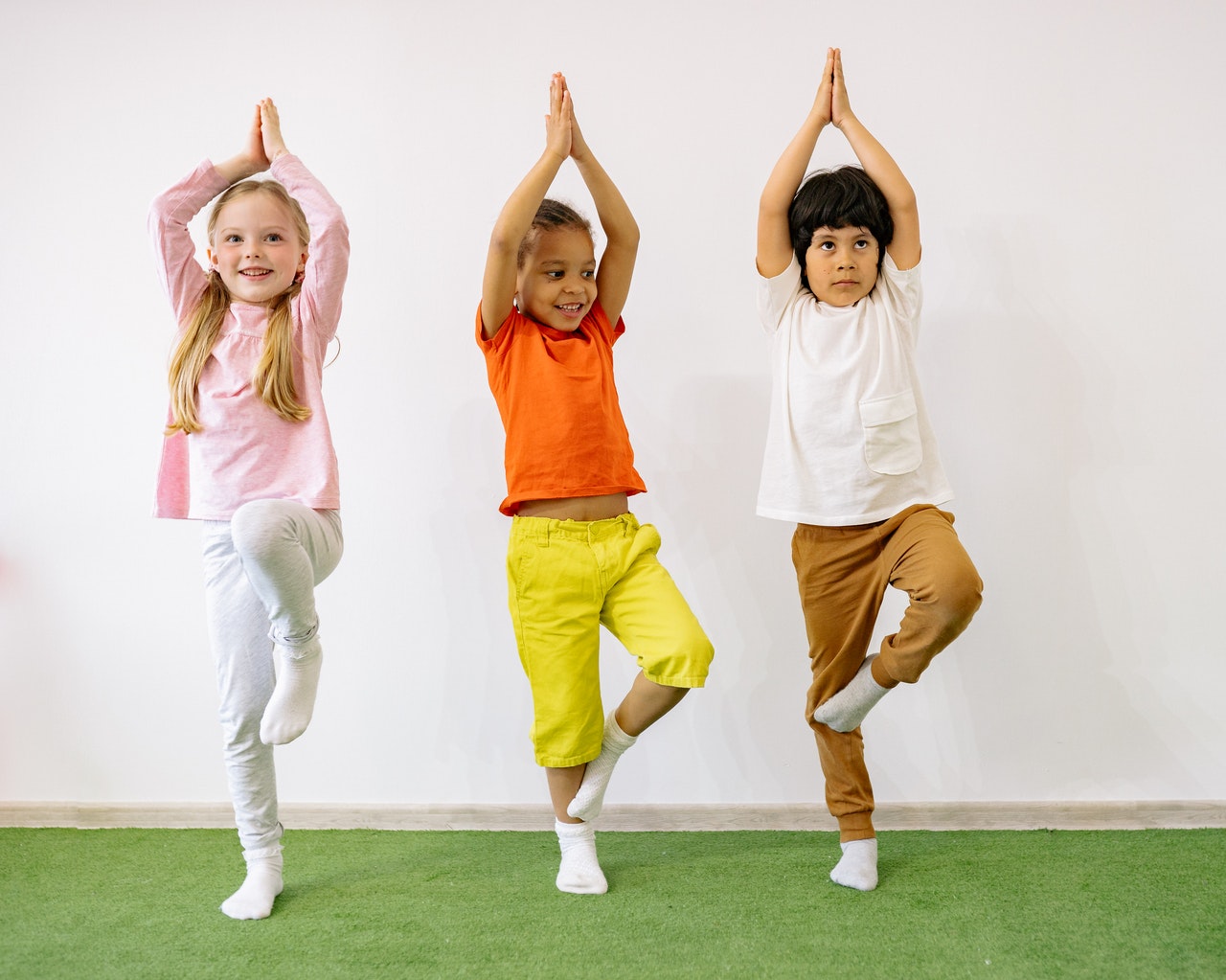Relaxation techniques are highly effective to cope with stress. It is more than just having fun or doing something you enjoy. Relaxation is a strategy for minimising stress’s detrimental effects on the mind and body. Students face stress and competitions while taking challenging classes, in their extracurricular participation, preparing for higher studies, and making life-changing decisions for their future. They also have to navigate through social challenges inherent to schooling. Handling more workload, making friends, and being  without parental support becomes part of their social experiences. Also, they experience stress and tension due to various factors and this stress can take a toll on their health, happiness, and academic life.
without parental support becomes part of their social experiences. Also, they experience stress and tension due to various factors and this stress can take a toll on their health, happiness, and academic life.
As a teacher, you can help students destress their life and improve their health using some relaxation techniques. Effective relaxation techniques can assist students in dealing with everyday stress as well as stress caused by medical illnesses such as injury, pain and other physical ailments.
Given below are some of the effective relaxation exercises for students to manage stress:
Progressive Muscle Relaxation Technique
Progressive muscle relaxation is a two-step procedure that involves systematically contracting and relaxing various muscle groups throughout the body. With regular practice, students will have a deep understanding of how tension—as well as total relaxation—feels in various parts of their bodies. This can assist students in reacting to the earliest signals of stress-related physical tightness they face in their day to day lives.
This technique can be extremely helpful for students to get adapted to help relaxation efforts for a deeper sleep. Students can use progressive muscle relaxation techniques for relaxation and reverse test-induced stress and panic before or during exams.
Breath Focus Technique
In this simple yet effective method, students will have to take long, calm, deep breaths (also known as abdominal or belly breathing). As they breathe, they deliberately detach their attention from distracting thoughts and feelings.
 People with eating problems may find that focusing on their breath can help them focus on their bodies more positively. For added stress alleviation, progressive muscle relaxation can be paired with deep breathing.
People with eating problems may find that focusing on their breath can help them focus on their bodies more positively. For added stress alleviation, progressive muscle relaxation can be paired with deep breathing.
Mindfulness and Mantra Meditation
Mindfulness is an ancient form of meditation that encourages people to be mindful of their surroundings in the present now. It can be extremely beneficial for students as it encourages them to be aware of their bodies, thoughts, and surroundings.
 Mantra meditation, on the other hand, is the polar opposite of mindfulness meditation. This method entails focusing your entire attention on a single object, such as a mantra, a candle flame, or a single phrase.
Mantra meditation, on the other hand, is the polar opposite of mindfulness meditation. This method entails focusing your entire attention on a single object, such as a mantra, a candle flame, or a single phrase.
When your mind wanders in either style of meditation, you just refocus. In the first two weeks, students probably won’t be able to do this very well. It’s only natural for their mind to ramble and divert their attention.
Body Scan Relaxation Exercise
This practice combines breath attention with increasing muscular relaxation. You focus on one region of the body or set of muscles at a time. After a few minutes of deep breathing, you may feel mentally releasing any physical tension you may be experiencing. A body scan can help students become more aware of their mind-body connection.
You may also like to know about,
Visualization Technique
Visualization, often known as guided imagery, is a sort of meditation that involves seeing yourself in a peaceful, anxiety-free environment. Choose a relaxing environment, whether it’s a tropical beach, a cherished childhood treehouse, or a peaceful forested glen.
Students can practice visualization on their own or with the help of an app or audio file to lead them through the imagery. They can either complete visualisation in quiet or with the use of listening aids like relaxing music, a sound machine, or a recording that corresponds to their selected scene, such as the sound of ocean waves if they’ve chosen a beach.
Yoga and Tai Chi
To relieve stress and blood pressure, both physical and so-called “meditative” movements are used. Yoga involves a variety of stretching and strengthening positions. As you perform each pose, you remain still and concentrate on your breathing.
 Tai chi, like a dance, entails calm, delicate motions. Students will have to take deep breaths and focus on their bodies as they move their weight from one stance to the next. Both exercises can be done while sitting in a chair, depending on their physical abilities, however tai chi is commonly done standing.
Tai chi, like a dance, entails calm, delicate motions. Students will have to take deep breaths and focus on their bodies as they move their weight from one stance to the next. Both exercises can be done while sitting in a chair, depending on their physical abilities, however tai chi is commonly done standing.
Conclusion
Once students begin to practise these relaxation techniques, they will become more aware of muscle tension and other physical stress emotions. Teachers can also make a conscious effort to help students practise relaxation techniques to relieve the stress and tensions they experience in their academic and personal life. This can help keep tension from getting out of hand.
Relaxation techniques are skills. Your ability to relax increases with practice, just like any other talent. Allow yourself to be patient. Allowing yourself to practice relaxation techniques should not become a source of further stress.
Try a different relaxation technique if one doesn’t work for you. If none of these stress-reduction strategies seems to be working, speak with a doctor about additional possibilities.
